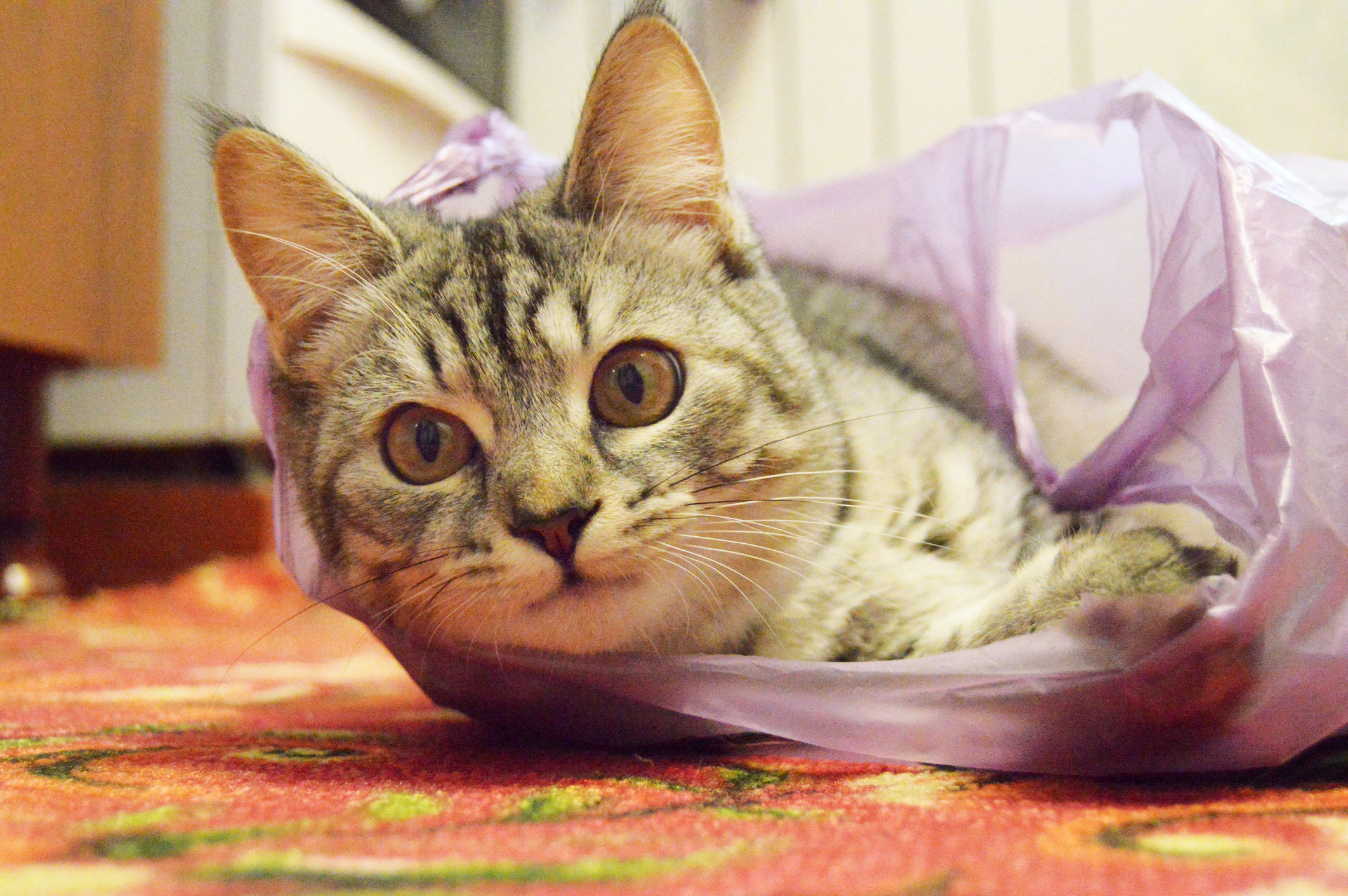

Some cats may eat grass or other plant matter if their diet is low on fiber. For example, it is well established that cats suffering from anemia may try to eat cat litter. Nutritional DeficiencyĬats may try to eat non-food items if their diet is missing a critical nutrient or nutrients. This behavior may continue into adulthood and eventually transition over to other items. Some veterinarians believe that, if a kitten is weaned too early, he may begin sucking on soft non-food items such as wool, fleece, fur, or hair. However, there are a number of different theories as to why cats may be inclined to chew on or eat non-food items. Performance of the study was motivated by the fact that veterinarians have not definitively pinpointed the cause of pica. Cats with pica were also more likely to engage in self-sucking behaviors. The study also found that cats with pica tended to vomit more than cats that did not exhibit pica. This cat evaluated the behaviors of 91 cats with pica and compared them to a group of 35 control cats.Īccording to the study, cats tended to exhibit pica towards the following items (listed in order of most to least frequently observed):


In 2016, a research study entitled Characterization of pica and chewing behaviors in privately owned cats: a case-control study was published in the Journal of Feline Medicine and Surgery. To figure out why a cat may chew plastic, we need to look at some of the hypothesized causes of pica in cats. The term may be applied to a number of different animal species, including humans.Ĭats may eat or chew on a range of non-food materials from time to time, including shoelaces, boxes, food wrappers, wool, and plenty of other things. Pica is a condition where an animal is compelled to eat or chew compulsively on non-food items. However, most veterinarians agree that each of these behaviors can be classified as a form of pica. But no one really had a definitive answer as to why their cats seemed to enjoy chewing on plastic or eating cobwebs. I did some a little bit of internet research and found several other cat owners who described similar behaviors in their cat. The amount of material they actually contain is tiny since cobwebs are very, very thin. I also noticed him approaching spiderless cobwebs with increasing frequency.Įating cobwebs does not seem to cause any problems with Hunter’s digestion. But I started to notice him prowling around the corners of my basement occasionally, seemingly seeking out new cobwebs to eat.

When I first noticed that Hunter was eating cobwebs, or spiderwebs, I figured it was just because he found a spider to play with and the cobwebs were getting stuck in his whiskers. I tried to be careful not to leave wrappers out where he could find them.īut then, as Hunter grew older, he started to develop another weird habit. I always assumed it was just his way of trying to get attention. Normally, I find him doing it whenever he wants to be fed, or when he wants to play. Hunter has chewed on plastic since I adopted him as a kitten in 2005. He enjoys the occasional piece of tuna or dollop of yogurt.īut Hunter also has a weird habit. He likes sleeping and playing with leaves and other stray items. My cat, Hunter, is pretty much your typical indoor house cat.


 0 kommentar(er)
0 kommentar(er)
